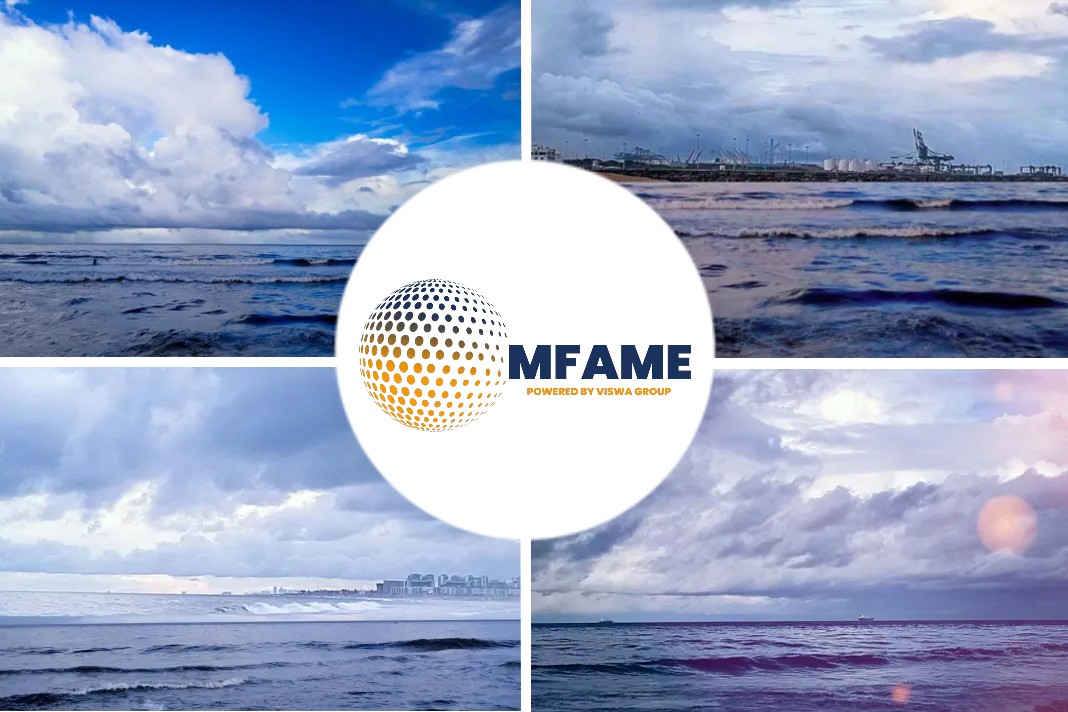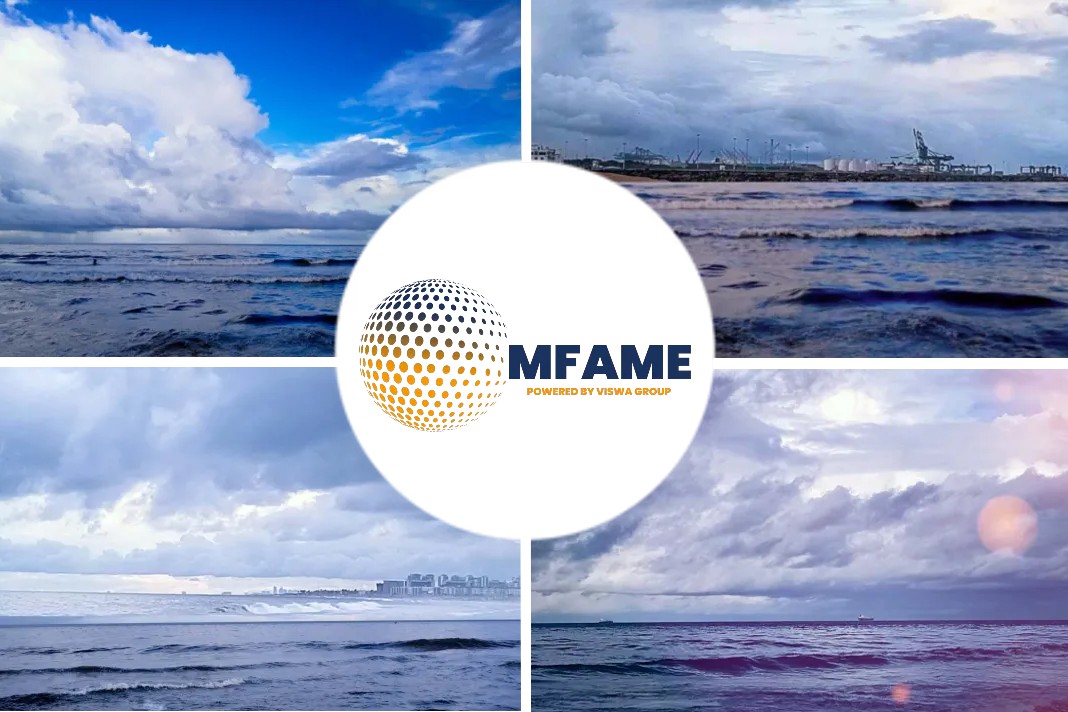- More than 4,000 ships have installed or ordered scrubbers to avoid using cleaner, but more expensive, low-sulfur fuels.
- There is a dramatic increase in the number of ships that are using or intend to use them.
- ICCT outlines a four-step process that the IMO should follow under a scrubber work-plan.
- Except for local restrictions, these changes will require IMO member states to amend the International Convention for the Prevention of Pollution from Ships (MARPOL).
The next Marine Environment Protection Committee meeting is an opportunity for the International Maritime Organization (IMO) ‘to decide when, where, or even if scrubber discharges should be allowed,’ says Bryan Comer of the International Council on Clean Transportation (ICCT).
Rules for scrubber washwater discharge
The IMO is expected to approve a new workplan on harmonising the rules for scrubber washwater discharge at the next MEPC meeting – the session scheduled for March this year was postponed due to the coronavirus outbreak and the IMO is currently working on a revised meeting schedule for the rest of 2020, but it has said that finding a way of holding MEPC will be a priority.
In a post on the ICCT’s website, senior researcher Bryan Comer outlined the following four-step process that the IMO should follow under a scrubber work-plan:
Step 1. Prohibit new scrubber installations. No new or existing ship should be allowed to install a scrubber if they don’t already have one installed. All ships should use fuels that comply with the IMO 2020 sulphur regulations.
Step 2. Convert existing open-loop scrubbers to closed-loop. This would allow shipowners who have already spent millions of dollars on scrubbers to continue to use them, but would also dramatically reduce the amount of polluted water that’s dumped overboard. Closed-loop systems discharge less than 1% as much as open-loop systems, but this bleed-off water is acidic and contains a higher concentration of pollutants. So closed-loop scrubbers still pollute.
Step 3. Prohibit closed-loop bleed-off water discharges in places that should be protected. Ships with scrubbers should operate in zero-discharge mode when they are in places that governments agree should be protected. These might include critical habitats for threatened and endangered species, marine protected areas, particularly sensitive sea areas, estuaries, near-shore areas, or in ports.
Step 4. Phase out existing scrubbers over time. Ships with scrubbers do and will continue to have a market advantage over ships without because the fuel cost savings of using high-sulphur heavy fuel oil outweigh the capital, operating, and maintenance costs of the scrubber. If new scrubber installations are prohibited, then it’s only fair that existing scrubber installations be phased out. The IMO should agree on a timeframe for phasing them out.
Amendments from IMO member states
Comer notes that, except for local restrictions, the changes he proposed would require IMO Member States to amend the International Convention for the Prevention of Pollution from Ships (MARPOL). This process could take several years to negotiate and, if agreed, another two years to become enforceable.
Some countries have already prohibited the use of open loop scrubbers in their ports, but Comer says that ‘while local actions are a good start, they are not sufficient’. He suggests that the four-step process ‘can serve as a recipe for uniform, global action on scrubbers that closes the open loophole’.
Did you subscribe to our daily newsletter?
It’s Free! Click here to Subscribe!























